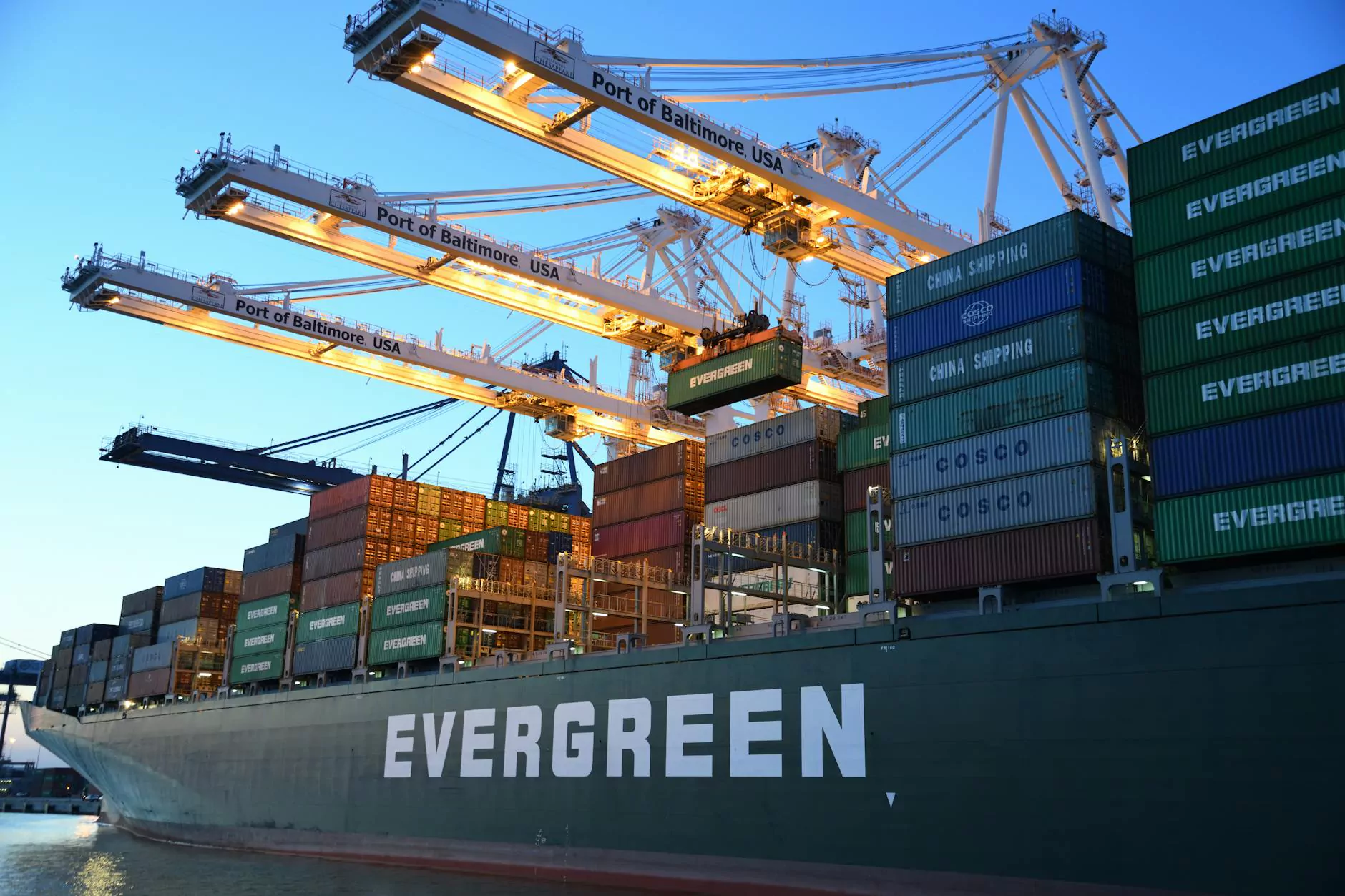Understanding Cargo Cost per KG: A Comprehensive Guide

Cargo cost per kg is a fundamental metric in the shipping and logistics industry. For businesses engaged in transportation, understanding the nuances of these costs can significantly impact their bottom line. This article delves into the intricacies of cargo costs, providing valuable insights and practical tips for reducing expenses while optimizing shipping efficiency.
The Basics of Cargo Cost per KG
When discussing cargo cost per kg, we refer to the expenses incurred for shipping merchandise based on its weight. This cost often varies significantly across different carriers, modes of transport, and shipping routes. To understand the implications of these costs for your business, let’s break down the components that contribute to the overall freight charges.
What Influences Cargo Costs?
There are several factors that influence the cargo cost per kg, including:
- Weight and Volume: Heavier cargo typically results in higher costs, especially if it exceeds the dimensional weight limits imposed by carriers.
- Type of Freight: Different goods have different shipping requirements. For example, perishables may incur additional costs due to refrigeration needs.
- Distance: The longer the shipping distance, the higher the transportation costs.
- Carrier Choice: Different carriers have different pricing strategies—comparing quotes from multiple service providers is crucial.
- Service Level: Expedited services generally come with a premium.
- Fuel Prices: Fluctuating fuel costs can lead to adjustments in shipping rates.
- Insurance: Valuable or fragile items may require additional insurance, affecting the overall shipping cost.
Understanding the Calculation of Cargo Costs
To compute the cargo cost per kg, shippers often use basic formulas that consider both weight and dimensional considerations. Let’s look at how this works:
Dimensional Weight vs. Actual Weight
Carriers use two measurements to assess shipping charges:
- Actual Weight: The physical weight of the cargo.
- Dimensional Weight: A calculated weight based on package dimensions. This is calculated by multiplying the length, width, and height of the package and then dividing by a specific divisor set by the shipping carrier.
The carrier will charge based on whichever weight is greater—this is why it's essential for businesses to optimize packaging to potentially lower shipping costs.
Strategies to Optimize Cargo Costs
Every business owners aim to minimize the cargo cost per kg while maximizing service quality. Here are some effective strategies:
1. Consolidate Shipments
Combining multiple orders into a single shipment can help reduce the overall shipping cost as it allows for bulk pricing advantages.
2. Optimize Packaging
Using the right-sized boxes not only protects the goods but also ensures that you are not overpaying due to excess dimensions. Better packaging leads to lower dimensional weight, thus lowering the cost.
3. Negotiate Rates with Carriers
If you ship large volumes, there’s often room to negotiate higher discounts with your carrier. Building strong relationships with logistics providers can yield financial benefits.
4. Use Technology
Leverage shipping software or platforms like CargoBooking.aero that provide real-time rate comparisons. These tools can help you identify the most cost-effective shipping options based on your needs.
5. Choose the Right Shipping Method
Air freight might be quicker, but it can also be significantly more expensive. Consider if less urgent shipments can be sent via sea or rail, which may lower costs dramatically.
Additional Considerations for Specific Industries
Sectors such as e-commerce, pharmaceuticals, and automotive may have unique shipping requirements that impact the cargo cost per kg. Here's how different industries can approach cargo costs:
E-commerce
With the rise of online shopping, businesses must manage a diverse product range. Implementing a robust shipping strategy that considers last-mile delivery can optimize costs.
Pharmaceuticals
For pharmaceuticals, regulatory compliance requires that products remain at controlled temperatures throughout transit. This often leads to higher shipping costs, necessitating careful planning to avoid waste.
Automotive Industry
This sector often relies on just-in-time (JIT) strategies, making efficient transportation a top priority. Partnering with reliable carriers can help manage cargo cost per kg effectively while ensuring timely deliveries.
Environmental Considerations in Shipping Costs
As sustainability becomes increasingly important, businesses must also consider the environmental impact of their shipping choices. Eco-friendly shipping options may sometimes lead to higher immediate costs, but they can result in long-term savings and brand loyalty.
1. Carbon Footprint Reduction
Opting for slower transport methods can reduce fuel consumption, thus lowering your carbon footprint without drastically increasing the cargo cost per kg.
2. Sustainable Packaging
Using recyclable or biodegradable materials not only supports the environment but could also appeal to eco-conscious consumers.
Conclusion
Understanding cargo cost per kg is vital for businesses looking to thrive in the competitive landscape of logistics and shipping. By being mindful of the numerous factors that influence shipping expenses and implementing effective strategies to optimize costs, businesses can improve their operational efficiencies while ensuring customer satisfaction.
Incorporating technology, fostering relationships with carriers, and considering the unique needs of your industry will ultimately lead to reduced shipping costs, allowing for greater profitability and sustainable growth. For more optimized shipping solutions, consider utilizing CargoBooking.aero, your trusted partner in logistics.








